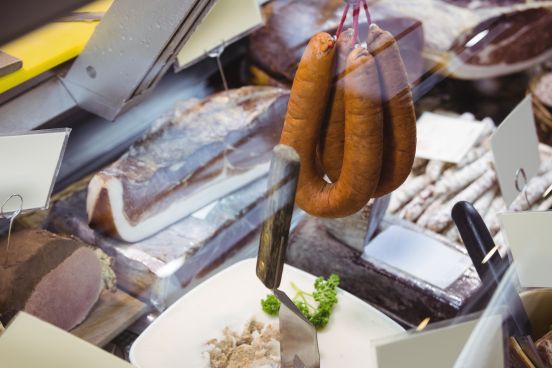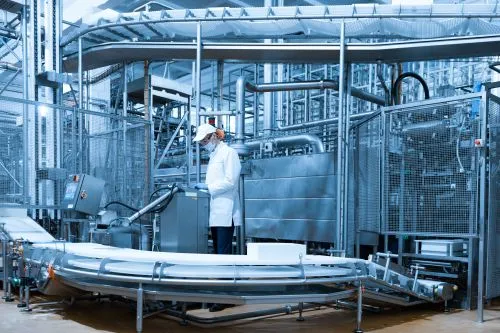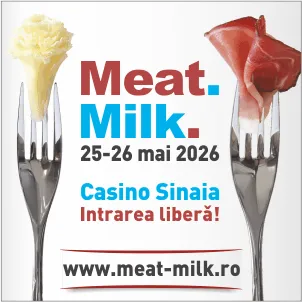568

Romania Continues to Face a Structural Imbalance Between Production Capacity and Export Performance in the Meat Industry
Romania continues to face a structural imbalance between production capacity and export performance in the meat industry. Although the country has competitive farms and modern processing facilities, veterinary barriers and insufficient logistics infrastructure keep exports below their real potential.
According to Eurostat (2024), Romania exports approximately 110,000 tons of meat annually, representing less than 15% of total domestic production. At the same time, imports exceed 450,000 tons, generating a trade deficit of over 800 million euros in the meat sector. The main export destinations remain Bulgaria, Greece, and Italy, while access to non-EU markets remains limited.
The European Commission emphasizes that member states which have invested in the digitalization of veterinary certificates and in internationally recognized quality standards (IFS, BRC, GlobalG.A.P.) have managed to increase their exports by more than 20% over the past three years. Romania is still in the process of aligning with these requirements, and the absence of a unified strategy for promoting Romanian products remains a major obstacle.
In 2024, the National Sanitary Veterinary and Food Safety Authority (ANSVSA) implemented a modernization campaign for the TRACES-NT system, which enables electronic tracking of animal transports and disease monitoring. However, restrictions related to African swine fever continue to block access to markets in Asia and the Middle East, where demand is on the rise.
According to the FAO, global meat demand is expected to increase by 14% by 2030, and countries that succeed in combining quality, traceability, and sustainability will dominate regional exports. Romania has significant agricultural potential, but its competitiveness depends on integrating production chains and investing in cold storage and logistics infrastructure.
The Ministry of Agriculture and Rural Development (MADR) announced, through the National Strategic Plan (PNS) 2023–2027, support programs for regional slaughterhouses and collection centers intended for export, but implementation remains slow. Without coordinated efforts among producers, processors, and authorities, the industry risks remaining trapped in a domestic consumption model, unable to capitalize on external demand.
Romania does not lack high-quality meat—it lacks a strategy. Only through certification, digitalization, and stable commercial partnerships can Romanian exports surpass the current threshold and restore the meat sector to the role it deserves in the national economy.
(Photo: Freepik)





